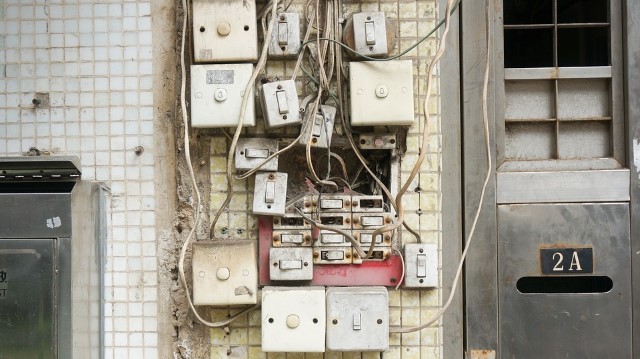Wiring is the nervous system of your home, facilitating the flow of electricity to power appliances, lighting, and essential systems. As a homeowner, understanding the basics of wiring is crucial for ensuring safety, efficiency, and functionality throughout your property.
First and foremost, familiarize yourself with the different types of wiring commonly found in homes, including electrical, low-voltage, and networking wiring. Each serves distinct purposes and requires specific considerations for installation and maintenance.
When it comes to electrical wiring, safety should always be the top priority. Ensure wiring is installed by qualified professionals to minimize the risk of electrical fires, shocks, and other hazards. Regularly inspect wiring for signs of wear, damage, or overheating, and address any issues promptly to prevent accidents.
Moreover, understanding the layout of your home’s wiring can help troubleshoot electrical problems and plan for future renovations or upgrades. Label circuit breakers and outlets accordingly to easily identify and isolate electrical circuits as needed.
Lastly, consider investing in energy-efficient wiring and smart home technologies to optimize energy usage, reduce utility costs, and enhance convenience and comfort throughout your home.
By educating yourself about wiring basics and practicing proper maintenance and safety measures, homeowners can ensure their homes are wired for safety, efficiency, and peace of mind.

